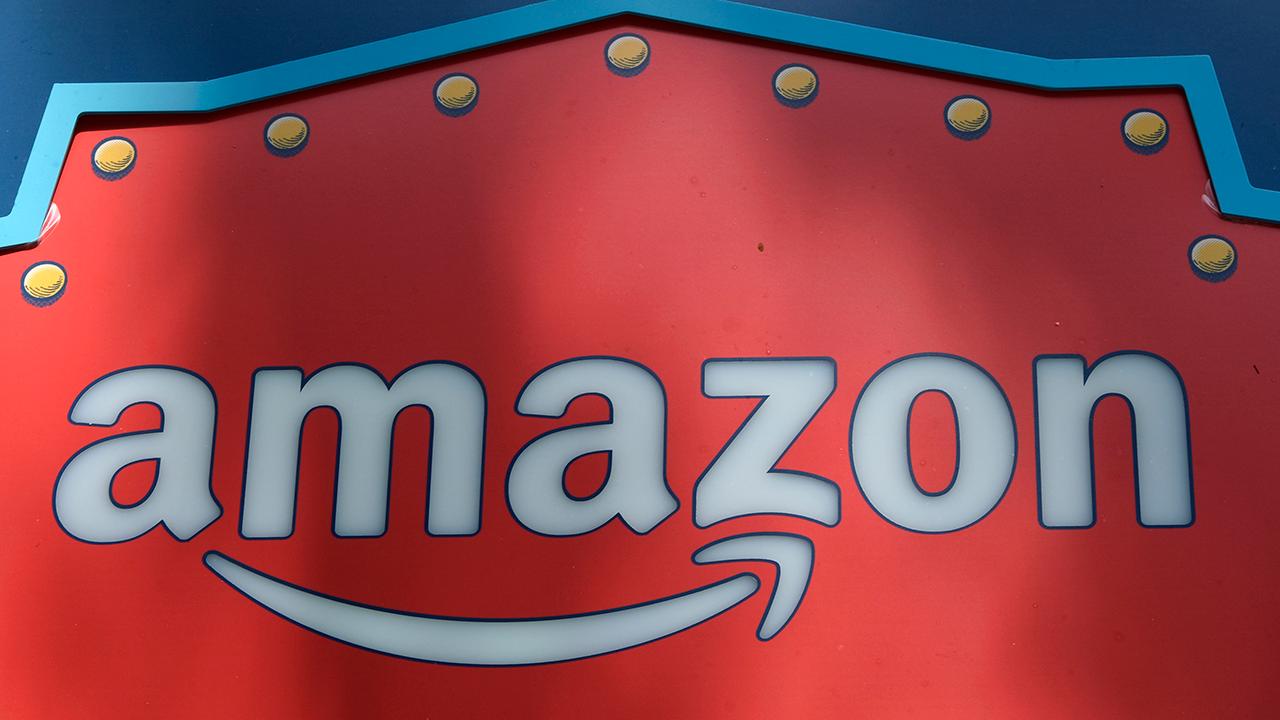Amazon, Whole Foods divorcing, or just working on their marriage?
Despite expectations that Amazon's purchase of Whole Foods would revolutionize the grocery delivery industry, the corporate marriage has been subject to consumer criticism and, according to a published report, the consumer giants are searching for new ways to make their partnership work -- either that or just undoing the union.
In fact, the New York Times reported Monday that Amazon is quietly exploring new grocery options, probably separate from Whole Foods, that would be built for in-store shopping as well as pickup and delivery.
Amazon spokeswoman, Rachel Hass, said the company “doesn’t comment on rumors or speculation.”
Before the marriage of the pair in 2017 for a whopping $13.4 billion, Amazon and Whole Foods were struggling – Amazon as an afterthought for food consumers and Whole Foods as an elitist specialty grocer. Their union put Amazon in the $700 billion grocery market and traditional grocery stocks fell as investors feared their industry would undergo the same kind of upheaval that other ones have experienced once Amazon grabs market share. Since their collaboration, Whole Foods has subtly rebranded with more national producers.
Whole Foods employees who observed the transition reported assembly-line style changes that were unlike the Austin-based company’s original brand promise. In an investigation by the Miami Herald, employees reported that managers conducted pop quizzes and completed spot checks with scorecards.
Gordon Haskett Research Advisors reports that the changes have resulted in a 2.5 percent cheaper basket of goods for consumers. Amazon alleges Prime customers have saved hundreds of millions of dollars in discounts with their Whole Foods subscription. Despite this, Whole Foods is still more expensive than other major grocers on many high-price ticket items.
Initially, the Amazon-Whole Foods match worked well for its $119-annual subscription clients and its affluent shoppers. Early on, Amazon provided customers with the option of paying more for two-hour deliveries from the grocer in four primary cities. The company rapidly expanded to its current 90 cities where two-hour delivery is now available.
Amazon and Whole Foods have offered incentives, such as member-exclusive deals, throughout their relationship to engage customers. Ten months after the 2017 collaboration, members began being offered 10 percent off sale items at Whole Foods and can search additional saving by scanning their Whole Foods Market app at checkout, according to Amazon’s website. However, consumer responses to changes at Whole Foods since Amazon bought the company have been mixed.
In February, Amazon touted its record-breaking numbers in sales, but stock shares dipped. Amazon has been slowly lowering prices on certain items Whole Food offered. Amazon has been slowly lowering prices on certain items Whole Food offered, perhaps in response to some consumers' complaints that its high prices mean the store should be called "Whole Paycheck."
“I was concerned that pricing actually hadn’t come down as much as promised and that competition was taking customer wallet share while employees seemed increasingly dissatisfied or disgruntled,” Benchmark analyst Daniel Kurnos told Marketwatch in February.
Frustrations amongst Amazon employees have only grown. Despite all this, Amazon execs are still searching for new ways to sell food safely and efficiently, possibly independently.




















